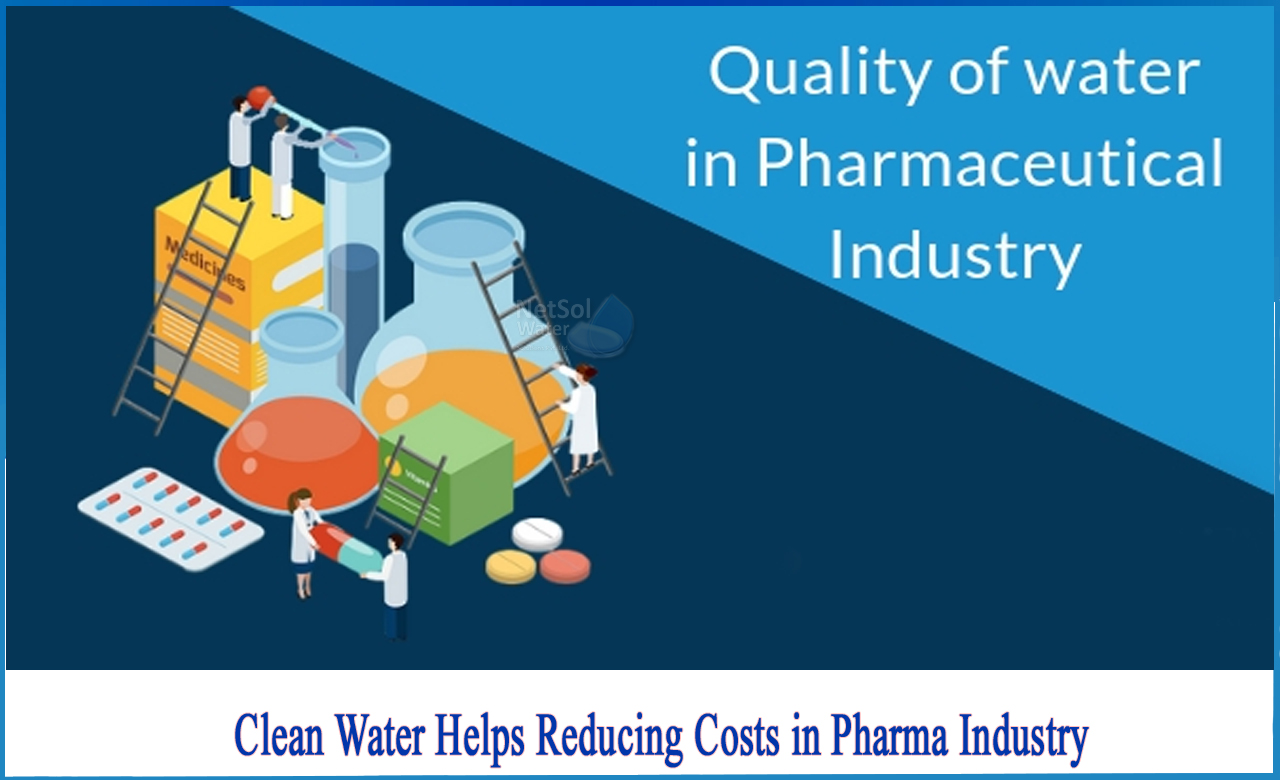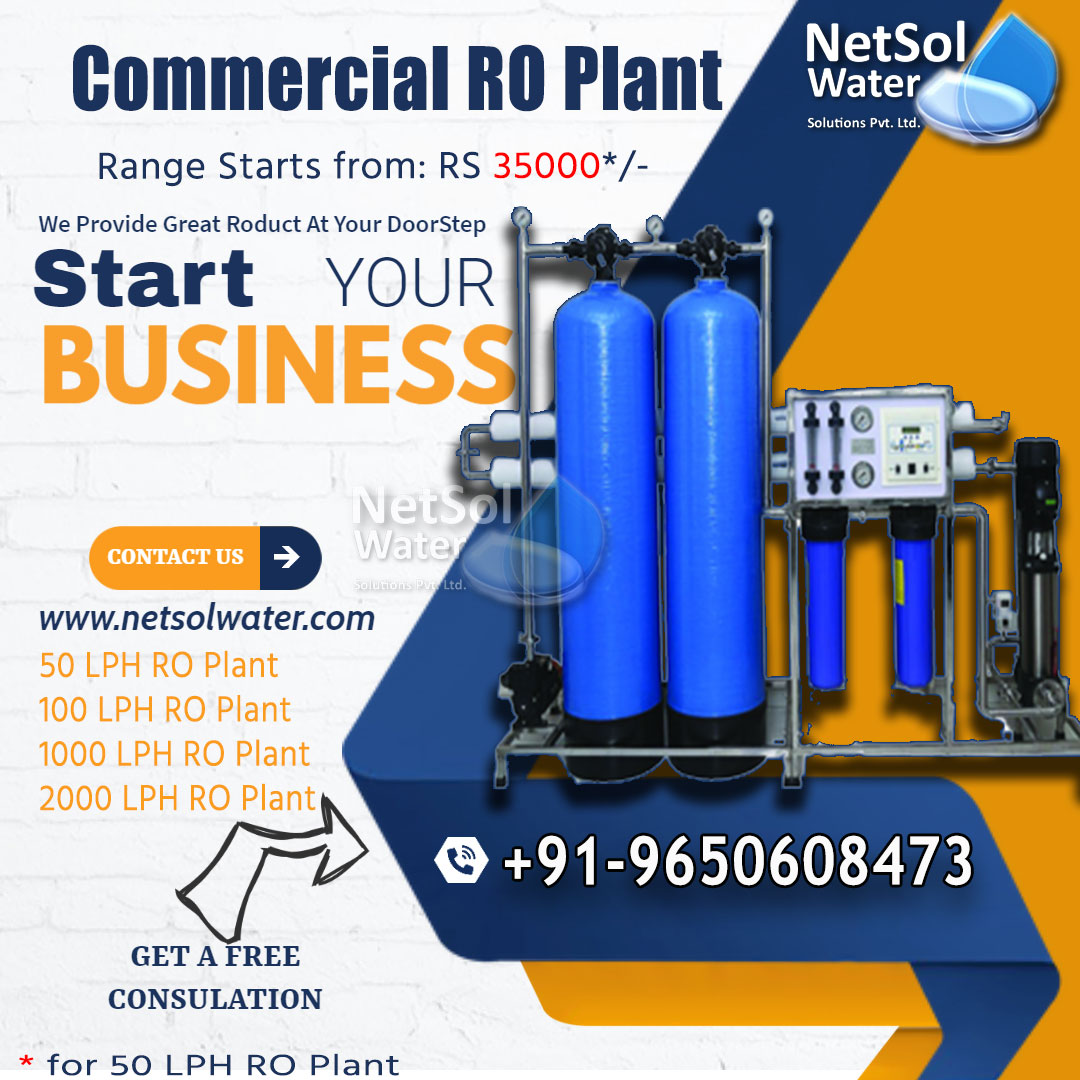How can Clean water helps reducing costs in pharma industry?
The pharmaceutical industry depend highly on water and hence requires different degrees of water purity. Some principles for implementing circular economy elements into pharmaceutical wastewater treatment procedures are as described below:
-the use of recovered solvents as an easily degradable carbon source for the de-nitrification process,
-the usage of phosphorus-containing wastewater as a source of nutrients for activated sludge microorganisms, inorganic acid usage and bases for pH control in wastewater treatment processes, and
-the use of aluminum containing wastewater as a coagulant.
Clean water is important in every step of the pharmaceutical process. Clean water acts as a solvent, excipient and reagent in the production of safe, effective medicines, and helps in the development of nutraceuticals, botanicals, enzymes and personal care products.
Unfortunately, water quality is changing on all over the world as new chemical and biological impurities are introduced into water supplies from various sources, including industry, health care and agriculture. Perhaps, commonly used treatment processes are adding to this problem, with water chemistry becoming more complex as chemistry based treatment processes are mostly implemented. As industrial water use continues to rise along with fast and ongoing industrialization all over the world, the chemical complexity of water is increasing.
Staying up to date of the ever-changing array of contaminants found in waterways and municipal supplies is hence an evolving challenge in medicine discovery, development and manufacture. It needs innovative and new ways and approaches to water management — and also need new technologies for efficient water purification.
Water purification challenges in pharma or pharmaceutical industry:
Pharmaceutical industries employ much treatment and monitoring processes to make sure that water is appropriately pure. However, traditional purification ways are either limited in efficacy, or adds reagents that later on should be removed or eliminated.
Most treatment processes involve a “purifying” chemical reagent. A common example of this is chlorination thatworks by the introduction of chlorine-based disinfectants into municipal water. Biological components are neutralized by these substances and oxidize organic compounds, but also produce additional biochemistries in this process. The reagent and its byproducts must be eliminated before water is safe for experimental use, as they can have bad and adverse effects on pharma research and are toxic to the human body if consumed in high doses.
Another approach to water treatment needs materials to purify municipal supplies and an example being activated carbon, natural clay minerals, silica gel etc. These materials are used to de-chlorinate and eliminate other impurities from water, using a mix of adsorption and catalytic conversion processes. The presence of certain organic compounds can chemically or physically reduce the efficiency either by poisoning or by physically blocking their pores.
Protection of the lifeblood:
Water is the lifeblood of the pharmaceutical industry. Water is used as a raw material, ingredient, solvent and reagent throughout manufacturing and production. Sourcing water of appropriate quality for these different applications is becoming increasingly challenging as industrial and scientific activities is introducing an ever-changing array of complex contaminants into global water supplies. Fortunately, pharmaceutical companies can overcome this big challenge, and all the linked financial and operational hurdles and obstacles, by using new and innovative, synergistic point-of-use technologies to optimize water management.
For more details, contact Netsol water.




